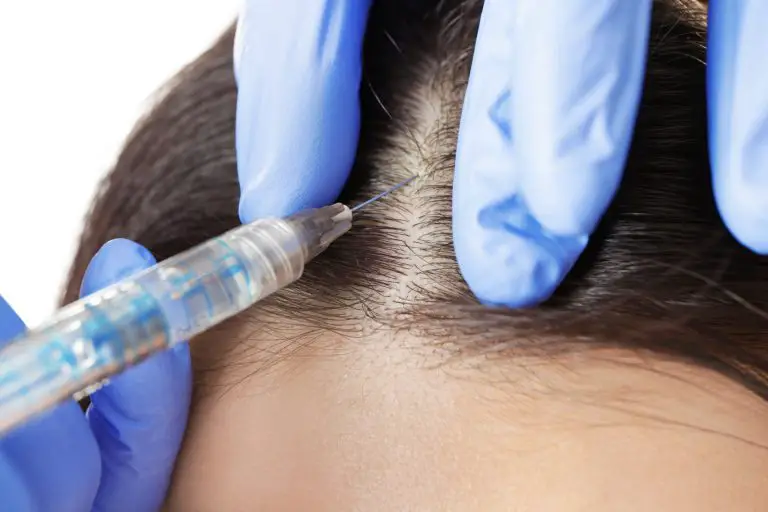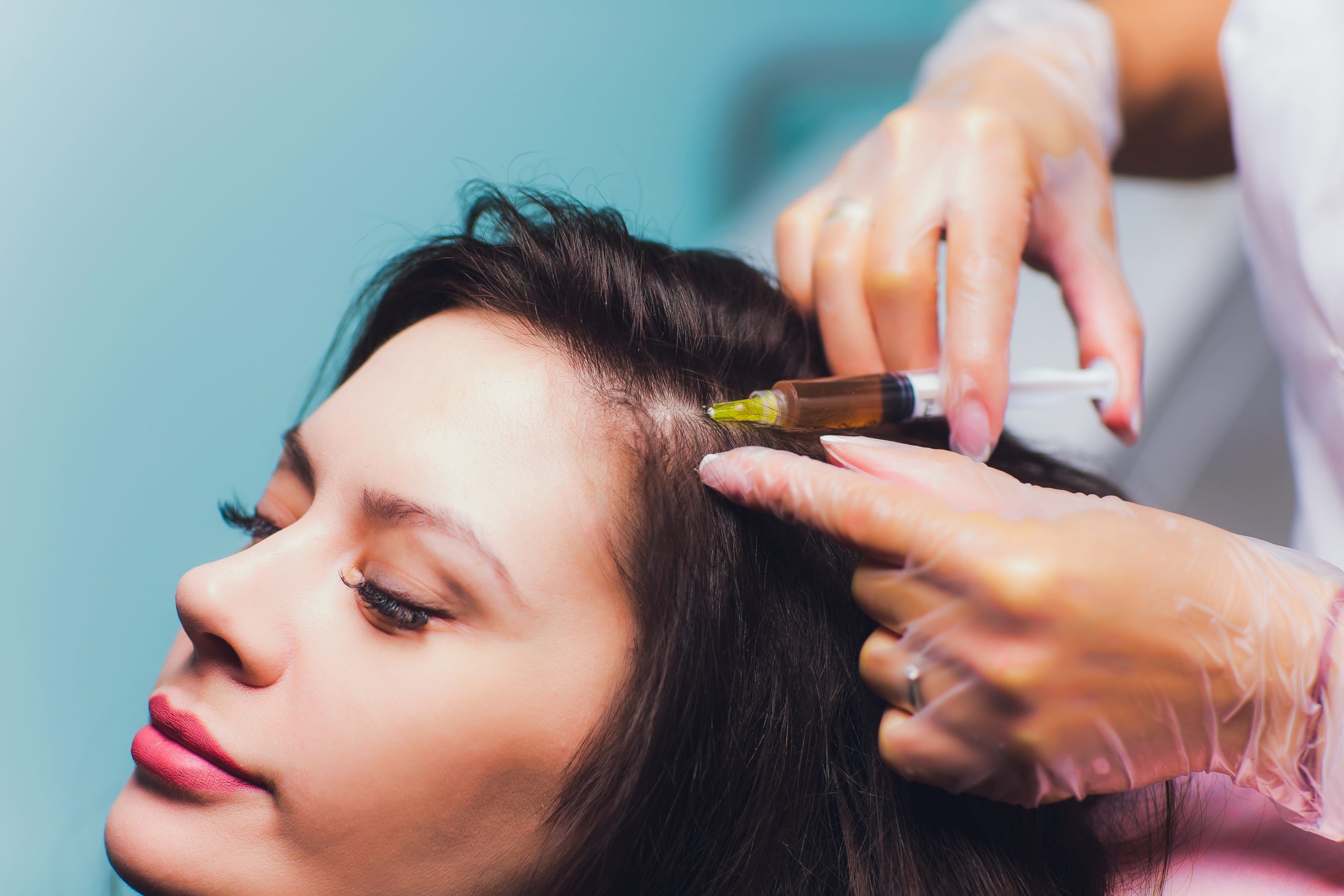
Page Contents
Hair loss is a major issue for a lot of people globally. And over the years, new treatment options have emerged. While some of these treatment options have proven effective, a number of them are still not effective. Although, sometimes, the effectiveness of a treatment approach depends on some factors that are not always considered. Not considering all these necessary factors is what leads to the seeming ineffectiveness of a treatment approach in most cases.
One very important factor that is not often considered by a lot of people when undergoing a treatment option is the required duration. Before embarking on a treatment, it is important to know how long the treatment is supposed to last. Apart from the fact that this would help you better predict when you should start expecting results, it would also help you gain insight into what the total cost of the treatment is.
Nowadays, treatment options for hair loss range from simple pills and lotions to more complicated surgical process. And it is all about finding the most suitable treatment option for yourself when trying to choose. This article highlights PRP as a treatment process for hair loss.
The article highlights the pros and cons of the process. So, if you are considering PRP or are still exploring your treatment options for hair loss, here are some things you should know about PRP.
What is PRP therapy?
PRP simply stands for platelet-rich plasma. Platelet-rich plasma therapy is a treatment process for hair loss that comes in three stages. It basically involves drawing, processing, and injecting a person’s blood into their scalp.
It is widely believed that these platelet-rich plasma injections can trigger hair growth and maintain it through an increased supply of blood to the hair follicles in the scalp, which is believed to increase the thickness of the hair shaft.
In some instances, PRP is used alone in treating hair loss. However, sometimes, it is combined with other treatment procedures or medications for hair loss.
Related Reading

How does PRP Work?
The platelet-rich plasma procedure is not used to treat only hair loss. As a matter of fact, it is used to quicken healing in several other parts of the body, and this is why it is believed to be capable of restoring hair growth.
Medically, this treatment is used from hair loss that occurs as a result of androgenetic alopecia. Androgenetic alopecia is a quite common condition that leads to hair loss. It is caused by the shrinking of the hair follicles. It is what causes pattern baldness in males.
Comparatively, PRP is a newer approach to treating hair loss, and its effectiveness in other types of hair loss has not been confirmed fully, although a lot of positive results have been recorded using the procedure.
The PRP Therapy Process
As mentioned earlier, the PRP comes in three phases. The processes can last for up 4-6 weeks with maintenance treatment required every 4-6 months. The steps of the treatment include;
Step 1
In the first step, blood is collected from you and put into a centrifuge. The blood can be from any part of the body, but it is collected from the arm in most instances. Once collected, the blood is then put into a centrifuge (a centrifuge is a machine that spins very quickly and can separate fluids of different densities.
Step 2
Once placed in the centrifuge, the centrifuge is then turned on, and the blood is separated into three layers. These three layers include:
- Platelet-poor plasma
- Platelet-rich plasma
- Red blood cells
Step 3
Once these three layers have been separated, you can then collect the platelet-rich plasma, which is the part of the blood needed for the treatment. Once collected, the platelet-rich plasma is then injected into the areas of the scalp that require increased hair growth.
Does PRP Work?
While there have not been a lot of studies to assert the effects of PRP, a lot of users have come out with positive outcomes. Scientific studies are, however, still required to understand the best conditions under which the treatment can be applied.
Side Effects of PRP
One of the major advantages of PRP as a treatment approach is that since the blood used is collected from you, it greatly reduces the risk of most of the side effects associated with regular blood transfusion like a communicable disease.
However, the side effects associated with injections still exists. Some of these possible side effects include:
- Injury to blood vessels or nerves: This is a common type of injury associated with injections. If proper care is not taken in the injection process, there might be an injury to a blood vessel or nerve.
- Infection: Also, considering that extraneous material is going into the body, one of the possible side effects is an infection around the area of injection.
- Calcification: This is another possible side effect of injections.
- Scar tissue
Apart from all the above-listed side effects of injections, there is also the possibility of a negative reaction to the anesthetic agent used in the procedure. So before going ahead with the treatment, it is important to ensure that the Doctor is sure of the suitability of the anesthetic to be used for you.
Risks of PRP for hair loss
Before going ahead with a PRP treatment for hair loss, it is vital to inform the Doctor of all medication you are on at the time. The Doctor would probably advise against PRP if you are on some types of medication (e.g., blood thinners). Also, heavy smokers might be advised against the treatment procedure.
You should also inform your Doctor if you are on any herbal remedies or supplements before going ahead with the procedure.
Other instances where the treatment might be discouraged include;
In people with a history of conditions like
- Cancer
- acute or chronic infections
- hypofibrinogenemia,
- liver disease,
- hemodynamic instability,
- chronic skin disease,
- systemic disorder,
- low platelet count,
- metabolic disorder,
- sepsis,
- platelet dysfunction syndromes,
- thyroid disease.
Some other mild effects that might accompany PRP treatments include; scalp tenderness, a headache, itching, mild pain at the site of injection, temporary bleeding at the injection site.
In all, although PRP treatments have not been fully scientifically confirmed, there have been several positive outcomes. And while further research is still required on the treatment procedure, if you are looking to try out the treatment procedure, you should consult your Doctor on the suitability of the treatment procedure for you.
You can get all the necessary details on the suitability of the process for you from your Doctor.
If you’re looking for 3 hair loss solutions that work well, check out the best hair thinning products.







Thanks for the the reminder that having a healthy platelet count is important to consider when getting a PRP hair restoration procedure. I’m thinking about suggesting that to my husband because he has been feeling rather insecure about the bald spots on his head. Acting on them now will up the chances of salvaging his hair.
I never knew that platelet-rich plasma could be used to treat hair loss and helps it grow thicker! My friend is bothered by the amount of hair that he’s losing when taking a bath. I think this is a perfect time for him to look for an expert that can use PRP for his case.